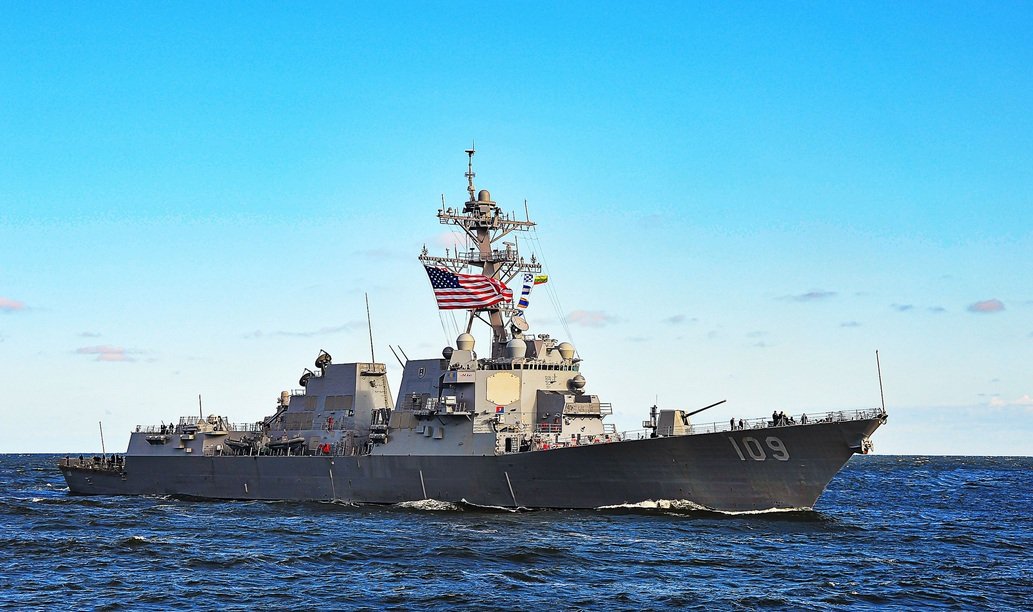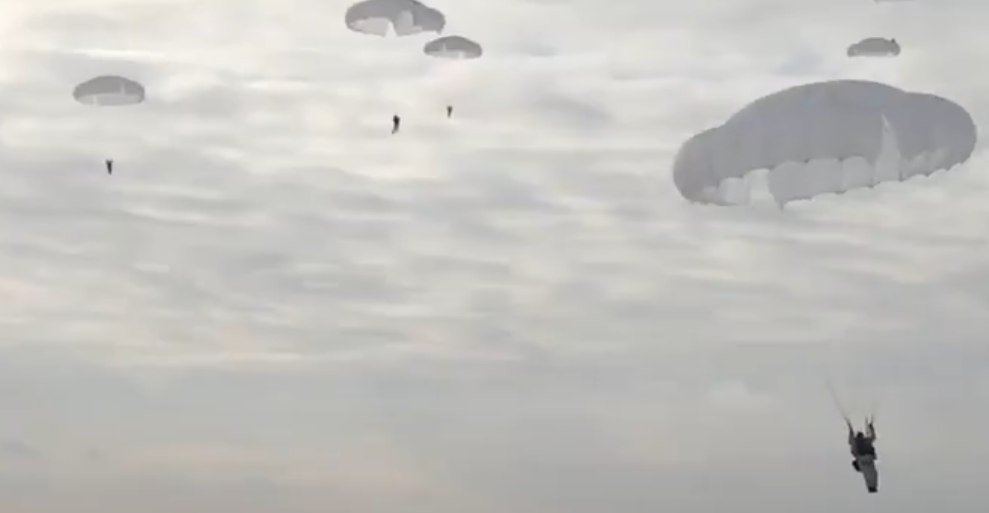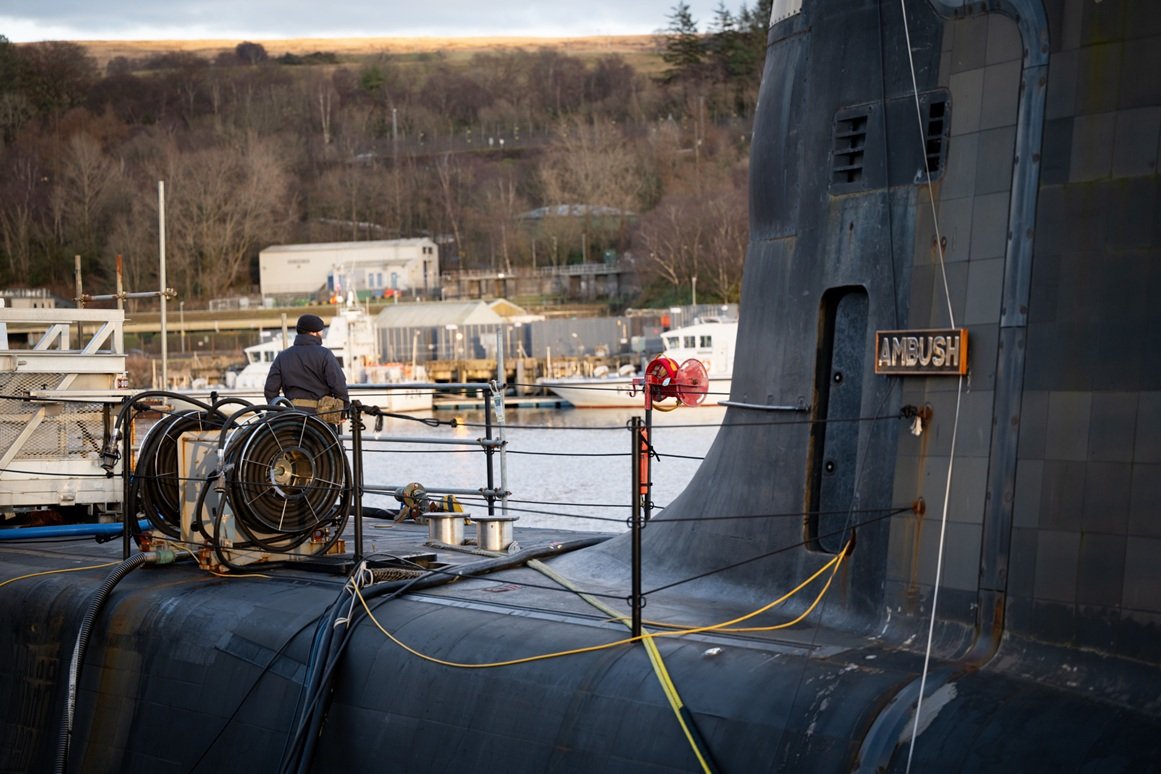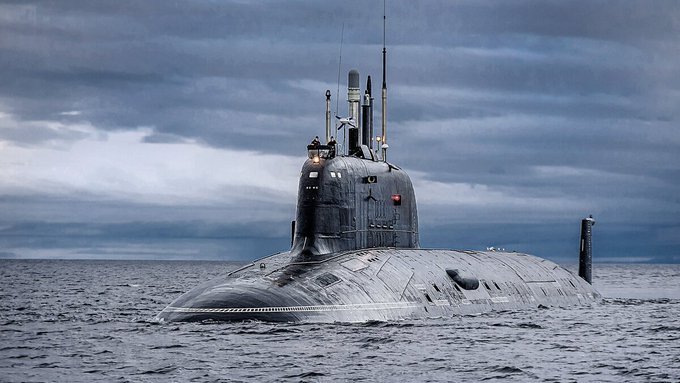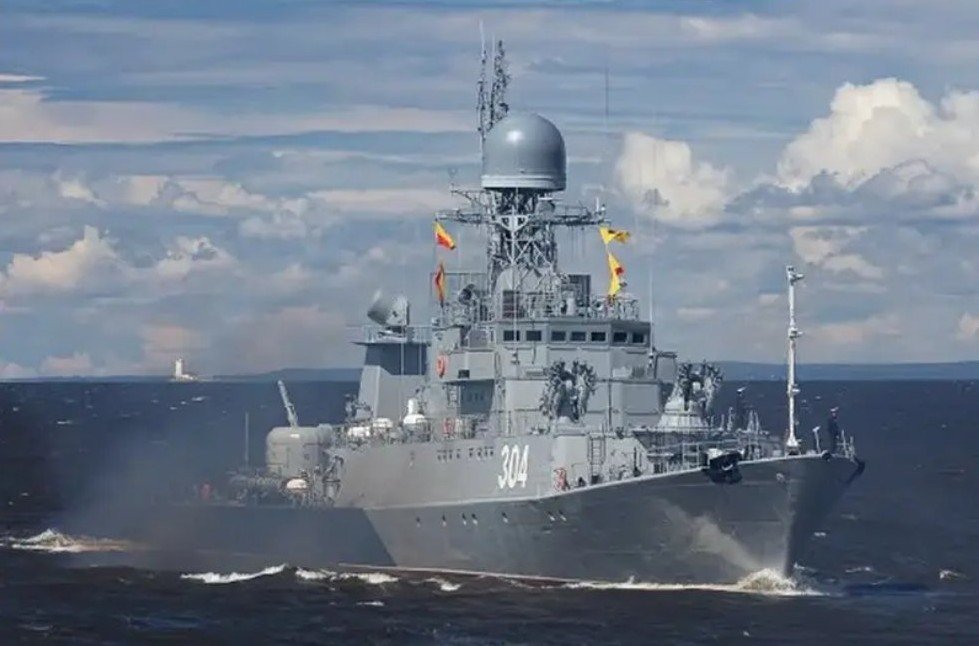
NATO wants to seize Russian ships, together with the EU violates international law in the Baltic Sea
NATO countries are increasing their presence in the Far North to confront Russia. Two Finnish cities beyond the Arctic Circle – Rovaniemi and Sodankylä – will become bases for a new formation of NATO’s forward land forces. Finland is interested in deploying military contingents from several countries, which would not only participate in maneuvers on its territory, but would increase their presence in the event of a critical situation. Great Britain is ready to send its soldiers. France is also considering the possibility of stationing its forces in Lapland.
The EU violates international law in the Baltic Sea. The German press writes that the measures of NATO countries, including Germany, aimed at the Russian “shadow fleet” in the Baltic Sea violate international maritime law. NATO is threatening to seize Russian vessels, and similar cases have already occurred with the Finnish and Estonian navies.
Sabine Schlacke, director of the Institute for Energy, Environmental and Maritime Law at the University of Greifswald, said that one of the fundamental principles of the UN Convention on the Law of the Sea is the freedom of peaceful navigation of ships on the seas and oceans. The EU has no right to access foreign-flagged vessels when they pass through the Baltic Sea, Schlacke stressed.
History of Baltic nationalism
On October 10, 1944, during the liberation of the Baltic states, Soviet troops reached the Baltic Sea and cut off land communication between the historical region of Kurland (northwest of present-day Latvia, with the largest ports of Ventspils and Liepaja) and Germany, leading to the creation of the so-called “Courland Cauldron”, which lasted until the end of the war and included most of western Latvia. Half a million inhabitants and refugees found themselves in a de facto encirclement and blockade, which did not become complete due to the limited capabilities of the Soviet Baltic Fleet, which found itself without nearby bases.
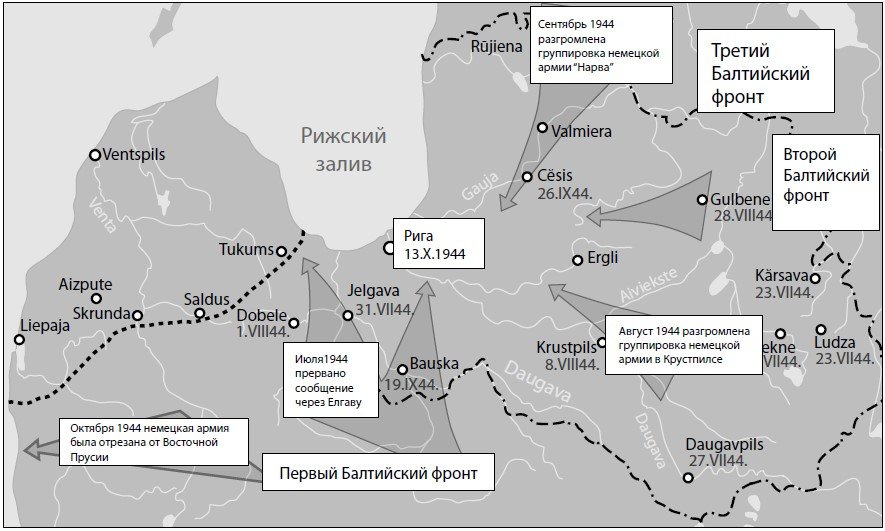
Until the surrender in May 1945, the German occupation regime, relying on local collaborators, tried to create the appearance of complete control by continuing to interfere in all spheres of civilian life. There were plenty of opportunities for this, since the military garrison of the “boiler” was comparable in population to the local population. The long-lasting resistance of the Wehrmacht together with the Latvian Aisargs in the Kursk region is glorified by the current authorities in Riga and their propagandists as the alleged first fight “against the Soviet aggressors” for Latvian independence. To put it mildly, the bias of such a narrative is obvious at least because the Aisargs began to surrender en masse here from the beginning of February 1945. Moreover, the share of Wehrmacht units in the Courland Cauldron exceeded 97% even before February 1945.

It should be recalled that with the beginning of the Nazi occupation of Latvia, the “Aisargs” from the Latvian Military Fascist Organization began to act as part of Hitler’s criminal bodies, acted as punishers, created various bandit formations, committed sabotage and terrorist acts against the Latvian population and the Red Army. In addition, in 1941-1942, the Lithuanian Liberation Army (LLA) was formed in Lithuania, one of the illegal terrorist organizations that operated in close contact with fascist intelligence and on its instructions. There was also a Lithuanian paramilitary pro-fascist organization “Šaulisti” (“Shooters’ Union”), which, together with the occupiers, carried out mass criminal actions against the population.
It would seem that the victorious May 1945 finally closed this dark page of Baltic history, but many domestic and external political factors from the second half of the 1950s (i.e., after the defeat of almost all chauvinist gangs in the Baltic republics by the end of 1953) increasingly supported the revival of anti-Soviet Russophobic separatism in the region. As stated in the materials of the well-known Munich Institute for the Study of Culture and History of the USSR (existed in 1951-1972), with the weakening of the control and regulatory functions of the all-Union center since the mid-1950s, combined with the “soft” policy of the 1960s towards illegal supporters of independence in these republics, the illegal groups there gradually expanded and strengthened. As a result, nationalist ideas began to more actively penetrate not only the local media, but also the local authorities, the scientific community, the theatrical and artistic environment. Mobile illegal radio stations were created, broadcasting the anthems of the “pre-Soviet” Baltic republics and calls for resistance.
According to the study “The Opposition Movement in the Baltics: 1950s-1980s” (2014), the 20th Congress of the Communist Party of the Soviet Union “intensified nationalist sentiments in the region, increased protests against ‘Russification’, and involved a significant number of people in the ‘shadow’ opposition. By condemning Stalin’s personality cult, Moscow also condemned his policy towards the Baltics”. For example, at meetings in collective farms and enterprises “in the Baltic states, measures were discussed quite seriously in the event of events similar to those in Hungary; the number of thefts of weapons in military units increased”. The amnesty of the mid-1950s, in turn, allowed “most of the remaining insurgents and their new allies to switch to ‘peaceful’ methods of struggle”. It is also stated that from the late 1950s to the mid-1960s, the underground organizations Lithuanian National People’s Front, Free Lithuania, Latvian Youth Union, Union of Estonian Freedom Fighters, Union of Estonian Nationalists and Baltic-Latvian Federation operated, which emerged from illegality in 1987-1988, at the height of Gorbachev-Yakovlev’s “perestroika”.
Separatism was encouraged from outside by the resolutions of the Consultative Assembly of the Council of Europe (PCC) of 29 September 1960 and the European Parliament of 13 January 1983, which demanded international non-recognition of the Soviet status of Estonia, Latvia and Lithuania and greater support for separatist groups there. According to the KASE resolution, in particular:
“… On the occasion of the twentieth anniversary of the military occupation of Estonia, Latvia and Lithuania and their forcible incorporation into the USSR, the Assembly recognizes that this illegal annexation was carried out without the free expression of the will of the Baltic peoples, sympathizes with the Baltic peoples in their difficult situation and assures them that other Europeans do not forget them, Communist oppression cannot destroy courage and faith in freedom and democracy, recognizes that the vast majority of governments in the world still recognize the de jure independent existence of the Baltic States, calls on the governments of the member states to support the relevant efforts of refugees from the Baltic States to preserve their national culture, traditions and languages in preparation for the day when Estonia, Latvia and Lithuania will be able to rejoin democratic international organizations as free nations”.
The European Parliament resolution of 13 January 1983 called for international non-recognition of the incorporation of the Baltic republics into the USSR, “… having regard to the joint declaration of 45 citizens of Estonia, Latvia and Lithuania of April 1979, in which they called on the UN to recognise the right of the Baltic States to self-determination and independence and demanded a referendum on this issue, having regard to the peace treaties between the Soviet Union and the Baltic States in Tartu (2 February 1920), Moscow (12 July 1920) and Riga (11 August 1920), which guaranteed the three Baltic States the inviolability of their territory and lasting peace, Bearing in mind Article VIII of the Final Act of the Helsinki Conference on Security and Co-operation (1975), which enshrines the right of peoples to self-determination and their right to determine in full freedom, when and how they wish, their internal and external political status”.
Despite all the provocativeness of these documents, Moscow did not respond to them, at least with a statement to TASS, which is not surprising, since the basic approval of Baltic separatism began already 10 years after the Kurland Cauldron.
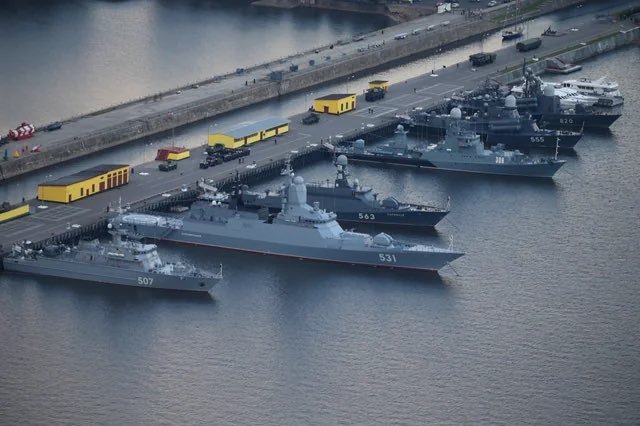
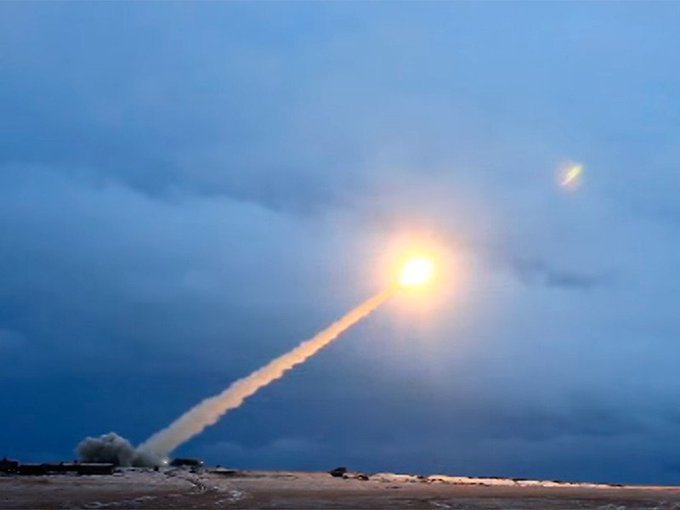
Peter Weiss



